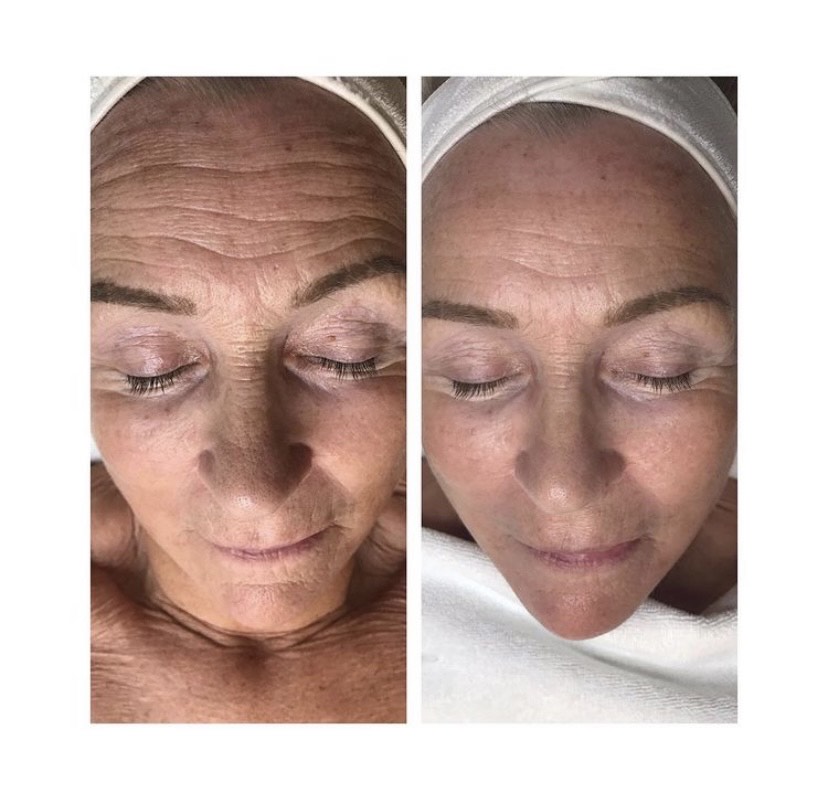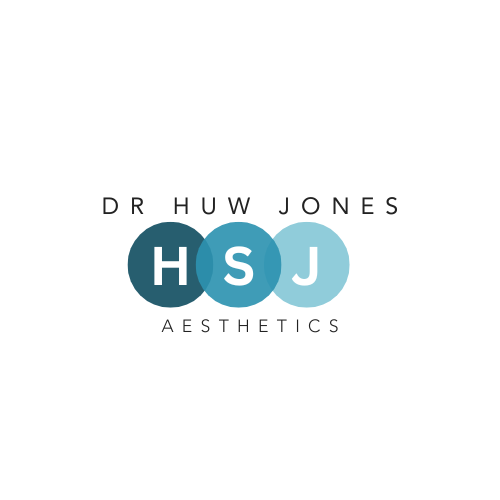Microdermabrasion
- Home
- |
- Microdermabrasion
Treatments
What is Medical Microdermabrasion?
Medical Microdermabrasion is a non surgical method of rejuvenation by means of mechanical skin exfoliation without using chemicals or a laser. The treatment can be used on the face, chest, back or shoulders.
Is this the right treatment for me?
Medical Microdermabrasion is an ideal treatment for anyone who wants to reduce the appearance of fine lines, scars and wrinkles, sun damaged and uneven skin tone, acne prone skin, blackheads, whiteheads, superficial age spots and hyperpigmentation and excessive oiliness or dry skin.
Please note, Medical Microdermabrasion is not a suitable treatment for patients who have visible broken blood vessels and we may recommend other procedures for this problem.

How is the treatment performed?
A highly controlled flow of medical grade crystals is then passed over the skin using a hand held device. These crystals, delivered at high velocity directly onto the skin’s surface are immediately vacuumed away, taking the top-most layer of dead skin cells with it. This mechanical exfoliation process improves both the tone and texture of the skin and also reveals the new, living skin cells that are soft and smooth. At the same time the underlying epidermis is also stimulated by the treatment, promoting new collagen, thickening the dermis and improving the resistance to the effects of ageing. At the HSJ Clinic we use the Dermagenesis Medical Microdermabrasion which is widely accepted to be the most powerful available thereby producing better, more reproducible results.
Are there any after care recommendations?
After having your Medical Microdermabrasion treatment you may experience slight redness in the first 48 hours. Some patients, dependent on skin type may experience slight shedding but this is a natural side effect and nothing to be worried about. We recommend patients to avoid heat treatments, such as saunas, sun beds, hot baths and vigorous exercise 24 hours after having treatment.
Can I have other treatments with Medical Microdermabrasion?
We will always recommend regimens that are appropriate to your requirements and skin condition. It is more likely than not we will suggest combining Medical Microdermabrasion with other procedures such as Chemical Peeling, Micro-needling, PRP, Radio-frequency etc to obtain optimal results. This will always be discussed and explained during your initial consultation.
Microdermabrasion
- Home
- |
- Microdermabrasion
What are Dermal Fillers used for?
- Replace volume loss from the mid-face and temples
- Elevate and reposition eyebrows which have dropped
- Replace volume loss in the temples
- Lift Jowels and sagging of the jawline
- Treat volume loss in the hands
- Reshape the nose
- Enhance Cheeks
What Dermal Fillers do you use?
- Belotero
- Juvederm
- Teosyal
- Restylane/Perlane
These products are made from Hyaluronic Acid which is a complex polysaccharide (sugar) found in a number of sites in our bodies – Joints, Skin, Eyes. As the structure is identical to that in our bodies and as there is no animal product, the risk of allergies is minimal and allergy testing is not therefore required.
Other fillers used for specific indications include:
- Radiesse
- Ellanse
- Sculptra
Who will perform the treatment?
What are the common Side effects with Dermal Filler Treatments
Before deciding the treatment with dermal fillers, a number of general health aspects need to be clarified. A particular tendency to bruising, medication that thins the blood, like aspirin, warfarin or clopidogrel may also lead to significantly more bruising and swelling and needs to be known in advance. The risk or allergic reactions with current dermal fillers is very low and they do not require preliminary allergy testing. Redness, swelling and bruising at the point of injection are possible with all types of fillers, and most frequently are limited to one or two days after the treatment. More prolonged redness or swelling is possible and will been to be brought to the attention of your doctor promptly.
The risk of infection is present whenever using injectable treatments and is a consideration also with fillers. Typically, the treatment does not require an antibiotic cover, but if you have any suspicion of an infection, you need to discuss your concerns promptly with your doctor. Thorough cleaning of the skin before treatment is essential.
Pain at the injection site is usually limited, and the treatment can be carried out either using local anaesthetic cream, local anaesthetic injections or no anaesthetic depending on individual preferences.
Delayed side effects include the formation of lumps. if the Dermal Filler used is composed of Hyaluronic Acid ( Juvederm, Beltero, Teosyal, Restylane etc) this is rare and these can usually be dissolved quite easily with Hyalase. Other products such as Radiesse, Sculptra, Ellanse etc that are often promoted as longer lasting but may have an increased risk and this should be discussed with your doctor. They can often be managed medically but in very rare circumstances surgical removal may be required.
How and where are the treatments provided?
Treatment with injectable dermal fillers is an office based procedure that usually takes less than 30 minutes. It is possible to apply local anaesthetic cream on the skin or on the lips to decrease sensation and reduce the discomfort related to the treatment, although many people find this unnecessary.
Volume augmentation of the lips can also be carried out using regional nerve block which means that the lips become completely numb, but they will take several hours to recover, similar to the dental local anaesthetic.
The results after the treatment are immediate and depending on the area treated and product used these results.
What should I do after the treatment?
After the treatment, it is important to avoid excessive rubbing to the treatment areas and application of cold is sometimes suggested. Specific advice will be given to you by Dr Jones appropriate to the area treated and product used.
